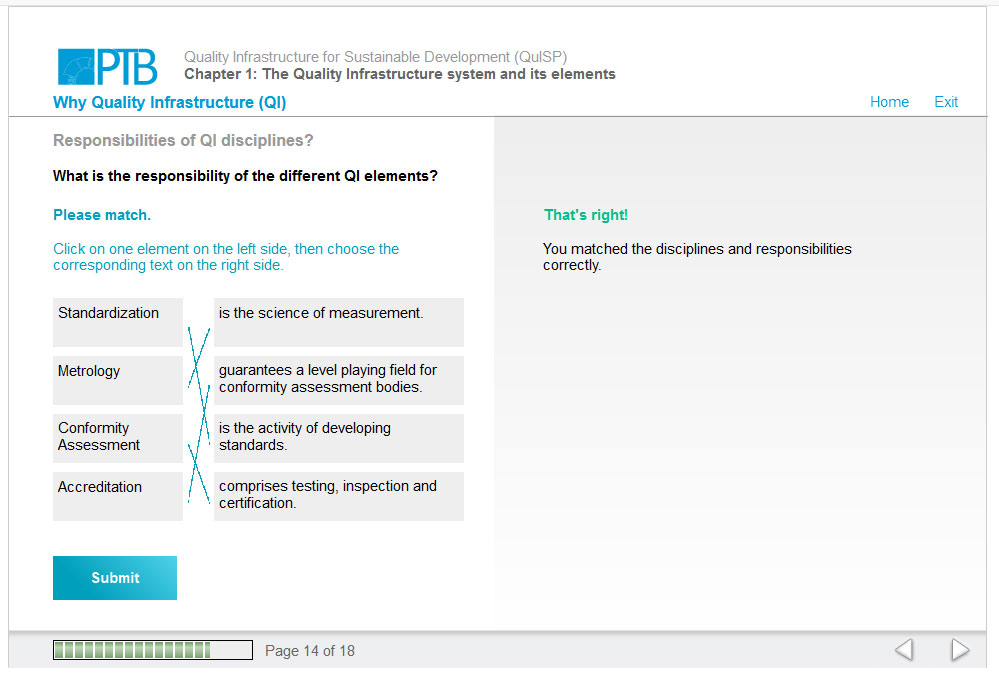METHODS
WBT can be used as stand-alone learning material, i.e. participants work on the course on their own and set their own pace. For that, the WBT is simply made available online (or distributed otherwise), and it is left up to the user whether, when and how he or she works on the WBT. However, this can be quite a challenge for the learners.
To address this challenge, online facilitation has proven to be helpful. A facilitator accompanies learners on their e-learning journey, supporting them in organizational, content-related, motivational, and technical matters. Click here to learn more about online facilitation, in specific, or about asynchronous collaboration, in general.
A promising and sustainable way to use WBT is to make it a part of a larger training programme. For example, it can be combined with additional virtual or face-to-face events like group meetings, online seminars or workshops. Sometimes this is referred to as Blended Learning even though some might argue that Blended Learning always implies face-to-face elements. Combining WBT with live events can be very beneficial. Through WBT, participants can prepare for a live event in advance so that all of them come with a comparable level of prior knowledge. This saves a lot of time in the live event, so that potentially “boring” parts like presentations or other types of one-way input can be skipped in favor of more interesting and lively activities like group collaboration, discussions and possibly some games.






